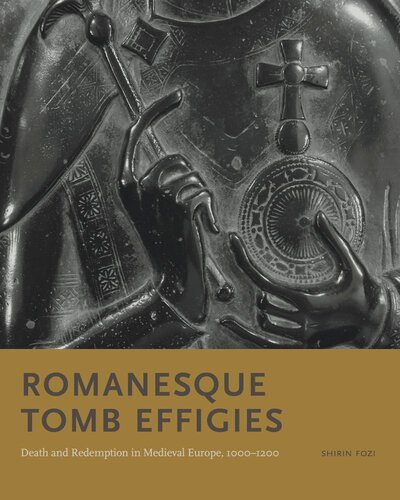

Most ebook files are in PDF format, so you can easily read them using various software such as Foxit Reader or directly on the Google Chrome browser.
Some ebook files are released by publishers in other formats such as .awz, .mobi, .epub, .fb2, etc. You may need to install specific software to read these formats on mobile/PC, such as Calibre.
Please read the tutorial at this link: https://ebookbell.com/faq
We offer FREE conversion to the popular formats you request; however, this may take some time. Therefore, right after payment, please email us, and we will try to provide the service as quickly as possible.
For some exceptional file formats or broken links (if any), please refrain from opening any disputes. Instead, email us first, and we will try to assist within a maximum of 6 hours.
EbookBell Team

4.1
30 reviewsFramed by evocative inscriptions, tumultuous historical events, and the ambiguities of Christian death, Romanesque tomb effigies were the first large-scale figural monuments for the departed in European art. In this book,Shirin Fozi explores these provocative markers of life and death, establishing early tomb figures as a coherent genre that hinged upon histories of failure and frustrated ambition.
In sharp contrast to later recumbent funerary figures, none of the known European tomb effigies made before circa 1180 were commissioned by the people they represented, and all of the identifiable examples of these tombs were dedicated to individuals whose legacies were fraught rather than triumphant. Fozi draws on this evidence to argue that Romanesque effigies were created to address social rather than individual anxieties: they compensated for defeat by converting local losses into an expectation of eternal victory, comforting the embarrassed heirs of those whose histories were marked by misfortune and offering compensation for the disappointments of the world.
Featuring numerous examples and engaging the visual, historical, and theological contexts that inform them, this groundbreaking work adds a fresh dimension to the study of monumental sculpture and the idea of the individual in the northern European Middle Ages. It will appeal to scholars of art history and medieval studies.